Why Are So Many Women Undergoing Hysterectomies for Fibroids? A Closer Look at the Alternatives
Uterine fibroids, medically known as uterine leiomyomas, are a common condition that affects many women, particularly during their reproductive years. These benign growths in the uterus can cause symptoms ranging from heavy menstrual bleeding and pelvic pain to fertility issues and miscarriages. Despite advances in medical technology and treatment options, a staggering 60% of women diagnosed with fibroids undergo hysterectomy—the surgical removal of the uterus—without exploring less-invasive therapies first, according to a recent study published in Obstetrics & Gynecology.
This statistic raises an important question: why are so many women undergoing such a major procedure as their first line of treatment? Let’s delve into the factors contributing to this trend and explore the less-invasive alternatives that could potentially improve outcomes for women with fibroids.
Understanding the Hysterectomy Trend
Hysterectomy is a definitive solution for uterine fibroids, as it eliminates the uterus and therefore the possibility of fibroid recurrence. However, it’s also associated with significant risks, including:
- infection
- blood clots
- long recovery times
For women of childbearing age, it permanently ends fertility.
Several factors contribute to the high rates of hysterectomy for fibroids:
- Limited Awareness of Alternatives: Many women are unaware of the full spectrum of less-invasive treatment options available for fibroids. Without proper counseling, hysterectomy may seem like the only viable solution.
- Provider Bias: Physicians may recommend hysterectomy based on their training and experience, particularly if they are not well-versed in minimally invasive techniques.
- Severity of Symptoms: In cases of severe pain or heavy bleeding, patients and providers might opt for a quick and definitive solution rather than exploring longer-term but less-drastic therapies.
- Insurance Coverage: Insurance plans may favor surgical solutions over newer, less-invasive treatments due to cost-effectiveness or established precedents.
Exploring Less-Invasive Alternatives
For many women, hysterectomy is not the only—or even the best—option. Several conservative treatments can manage fibroid symptoms effectively while preserving the uterus and fertility.
- Medications
- Hormonal Therapies: Birth control pills, hormonal IUDs, or GnRH agonists can help regulate heavy bleeding and shrink fibroids.
- Non-Hormonal Options: Tranexamic acid or NSAIDs can reduce heavy menstrual bleeding and alleviate pain.
- Uterine Artery Embolization (UAE)
This minimally invasive procedure involves injecting small particles into the blood vessels supplying the fibroids, cutting off their blood flow and causing them to shrink. UAE is effective in reducing symptoms and has a shorter recovery time compared to surgery.
- Myomectomy
For women who wish to preserve fertility, myomectomy offers a surgical solution that removes fibroids while leaving the uterus intact. It can be performed through open surgery, laparoscopy, or hysteroscopy, depending on the size and location of the fibroids.
- MRI-Guided Focused Ultrasound Surgery (FUS)
This non-invasive procedure uses focused ultrasound waves to heat and destroy fibroid tissue. It is an outpatient treatment with minimal recovery time and no incisions.
- Lifestyle and Dietary Changes
While not a standalone treatment, maintaining a healthy weight, eating a balanced diet, and managing stress can help alleviate fibroid symptoms and improve overall uterine health.
Empowering Women with Knowledge
The decision to undergo hysterectomy should not be taken lightly. Women deserve comprehensive information about their condition and the full range of treatment options available. Shared decision-making between patients and healthcare providers is crucial in ensuring that each woman’s unique needs, preferences, and reproductive goals are respected.
To learn more, check out this summary from Very Well Health.
Less-invasive treatments offer effective symptom relief with fewer risks and shorter recovery times. By increasing awareness and access to these alternatives, we can empower women to make informed decisions about their health and improve outcomes for those living with uterine fibroids.
Integrating supplements from the Asher Longevity Institute into our daily routine is a crucial step towards enhancing our overall well-being. Experience the benefits firsthand by conveniently placing your order here!




